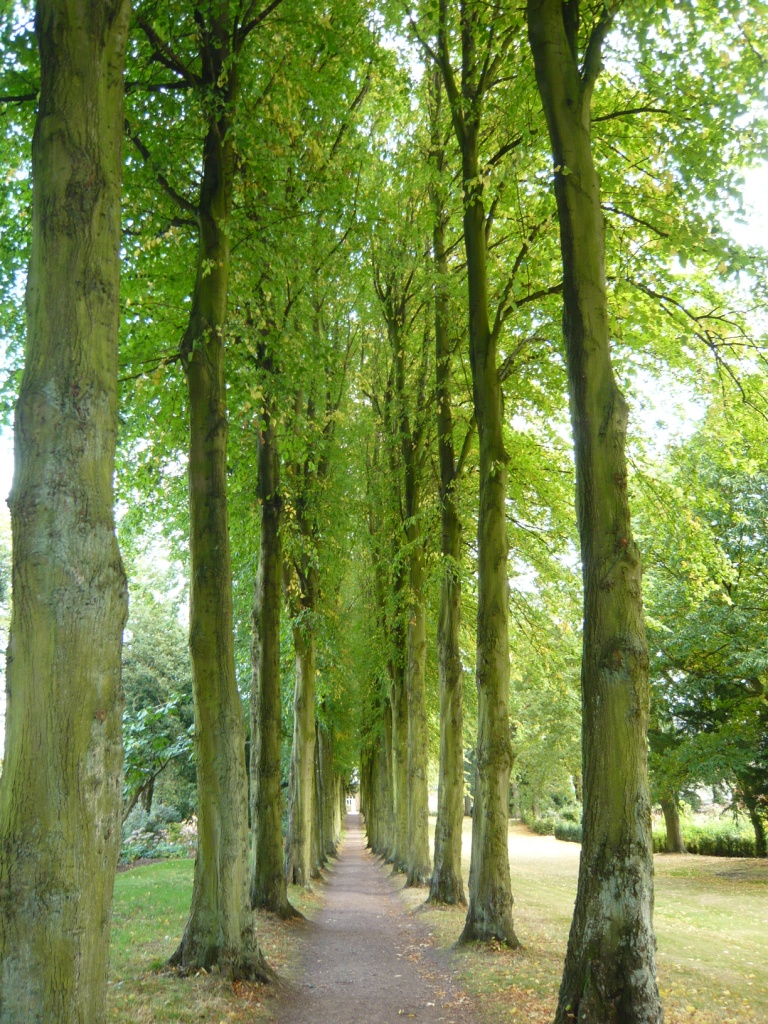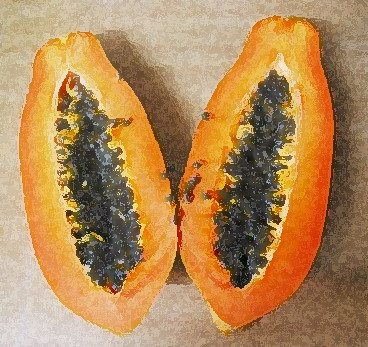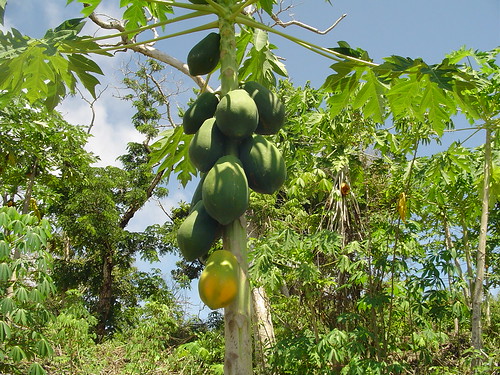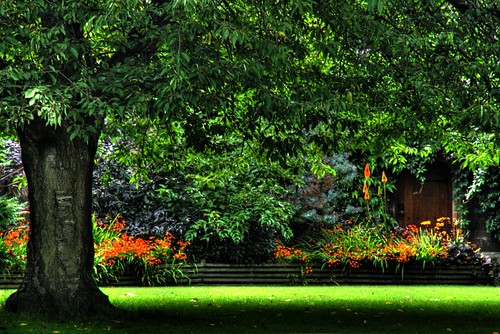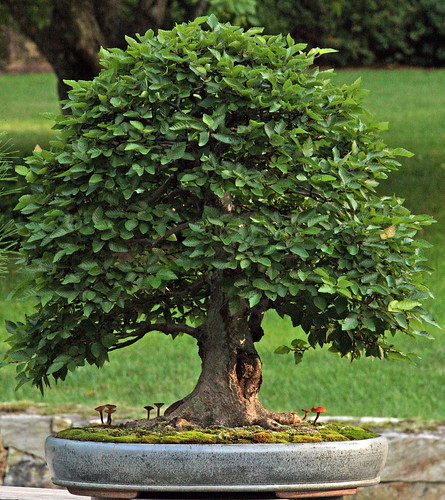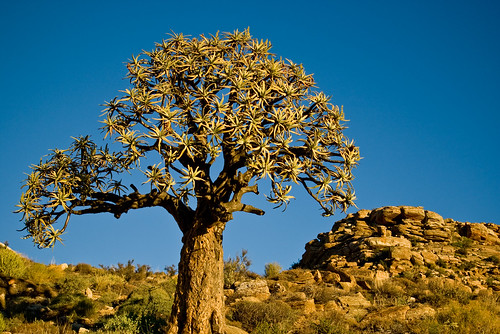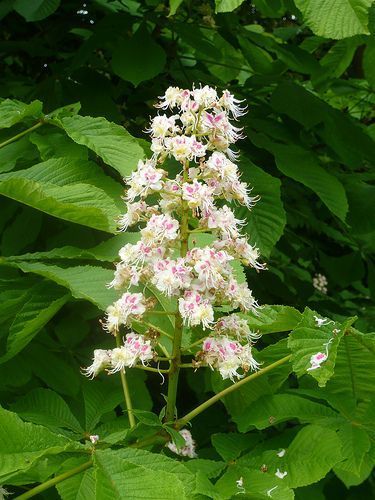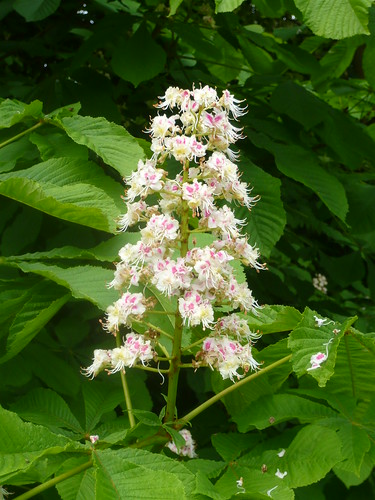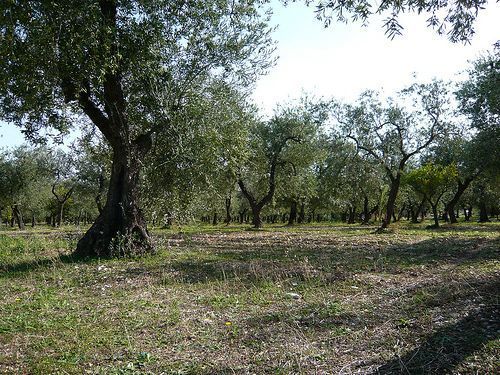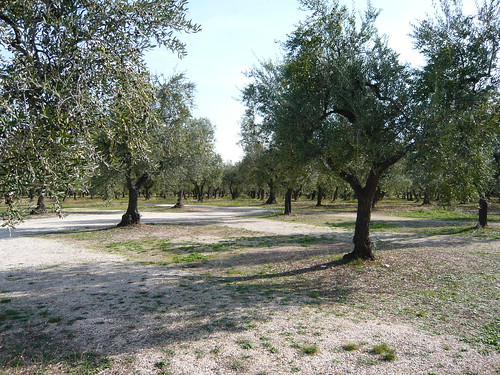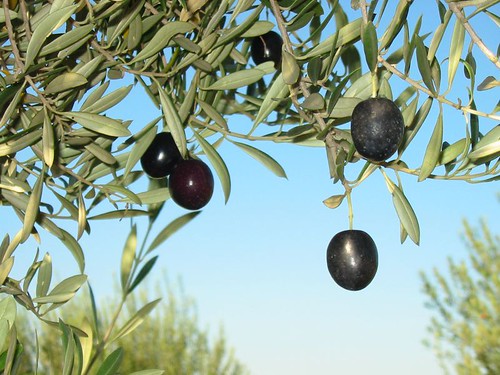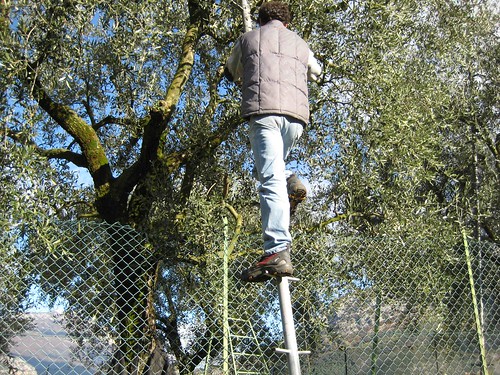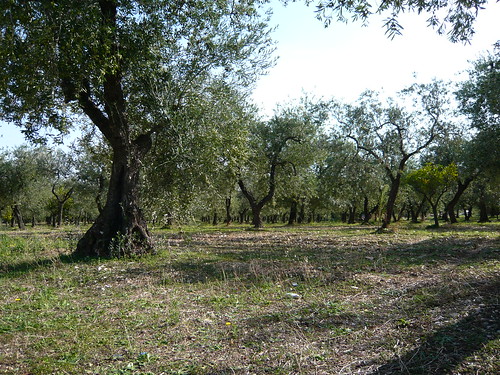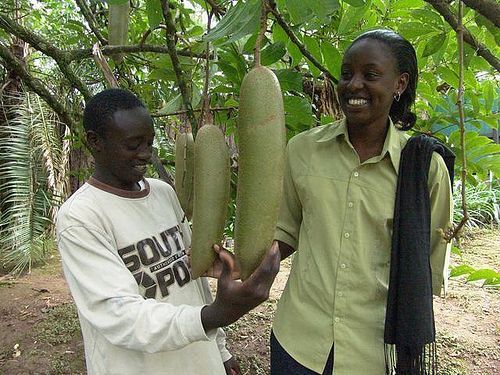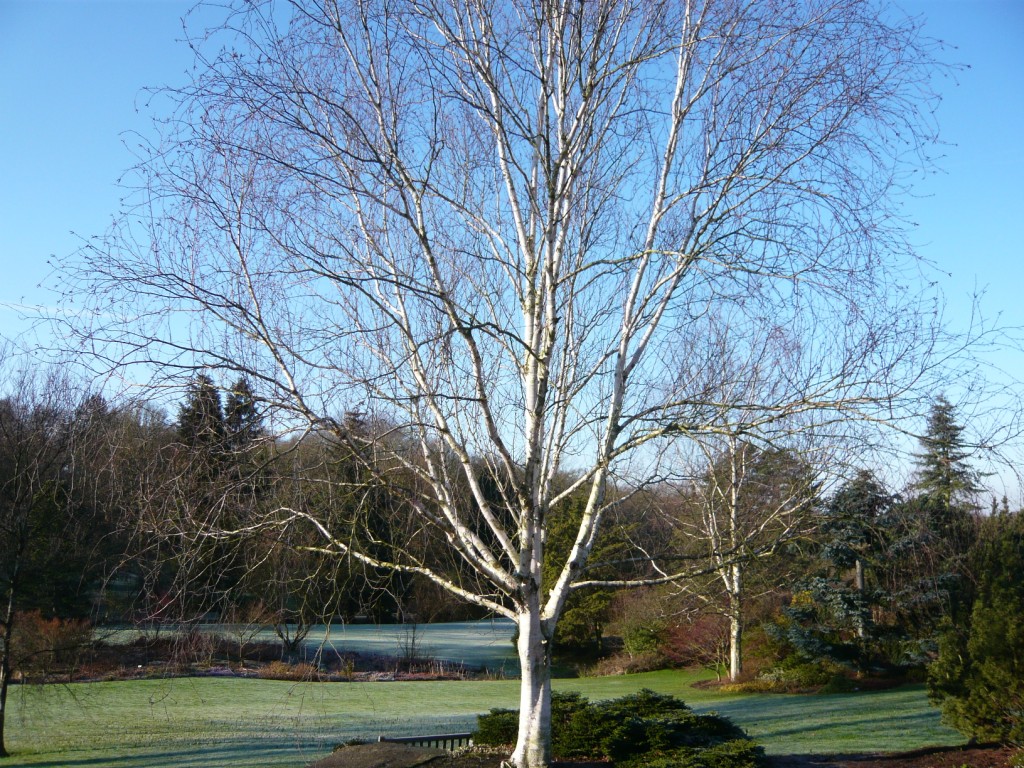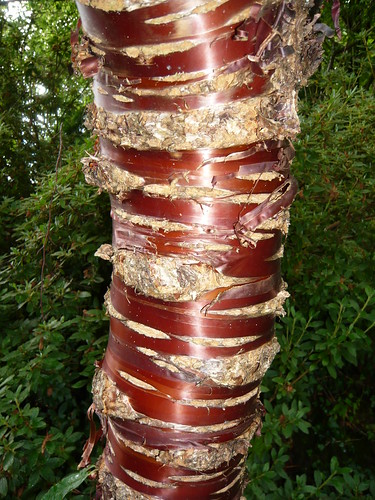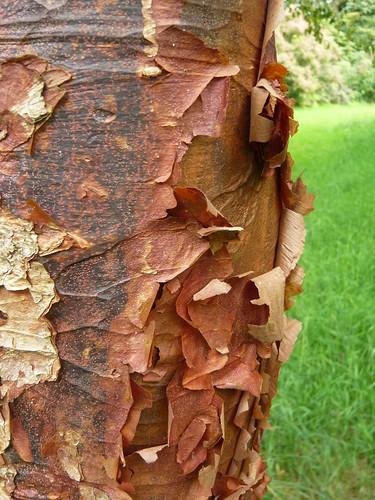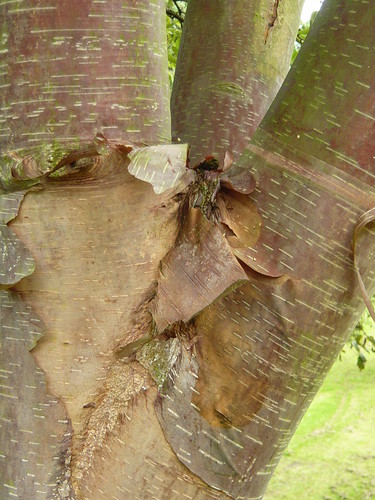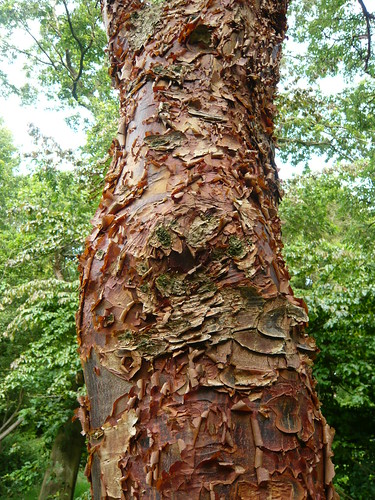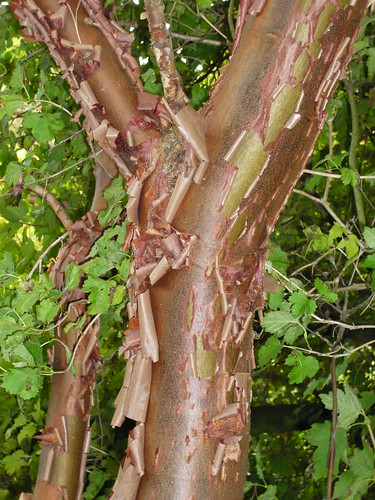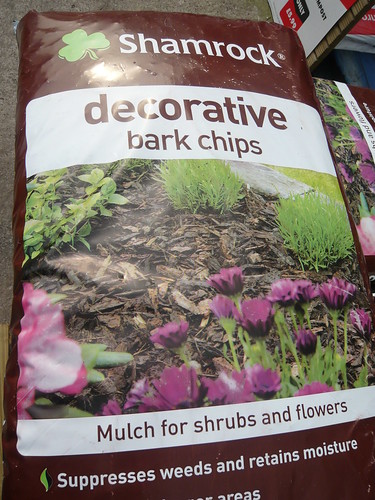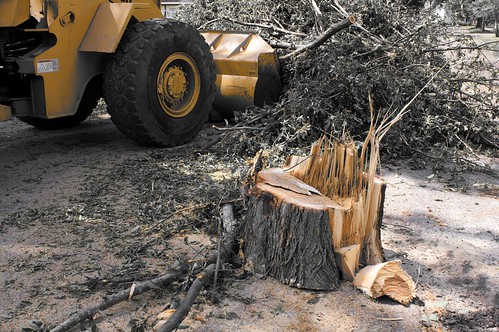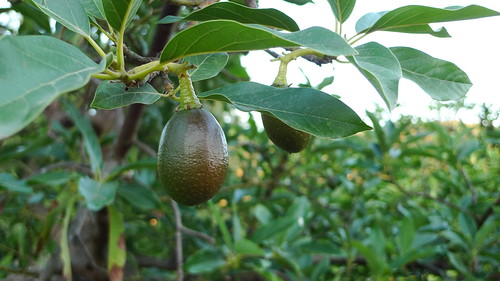
Key Features of the Avocado
- Latin name Persea Americana
Other common names Alligator Pear or Avacado Pear
- Height up to 60 feet 18m
- Type of tree – Evergreen
- Leaves – Glossy dark green elliptical shaped
- Flowers Fragrant racemes in yellow-green. Three petal like lobes with nine stamen
- Fruit – Green to black containing a large oval stone. Oval shape 4-6 inches long
- Bark Dark grey-brown
- Family Lauraceae along with cinnamon and camphor
Origins and Distribution of the Avocado
- Origin in central America.
- Cultivated in USA, Australia and the Canariesetc.
Uses and Commercial Attributes of the Avocado
- Fruit has the highest protein and oil content of any fruit.
- An important food crop and source of energy.
- Used to make Guacamole or ahuaca-mulli
Gardeners Tips for the Avocado
- The flesh has a smooth buttery texture when ripe
- Grows in a climate without frost and with little wind.
- Avocados are picked when mature but before ripening. To ripen keep at room temperature. Avocado will ripen faster if stored with apples or bananas
- Can be grown as a leafy houseplant from a stone. Suspend the stone over water to start the roots
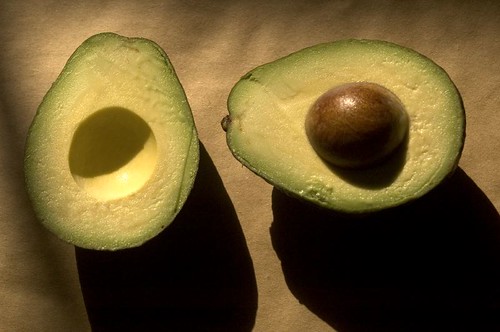
Other types of Avocado
- There are over 500 varieties some with hard black skins and others with thin light green skins
- Pinkerton with large fruit and small seed has green skin thas deepens in color as it ripens.
- The populas Hass variety can stand relatively low temperatures and has ovate fruit with a black pebbled skin
Avocado comments from elsewhere
- ‘The flowers are bisexual. The male floral organ, the stamens, occur in three to four trimerous whorls (Persea three), with the innermost whorl sterile and the third whorl having a pair of glands at the base. In Persea the nectaries are at the inner fertile whorl, and filaments are longer than the anthers. A characteristic feature of the family is the presence of flaps (Persea four) on the anthers, which open from the base upwards and pull out the pollen as they open’ University of Florida read more
Credits
Avocadoes Camknows CC BY-NC-SA 2.0
“avocadoes by Elsa4Sound CC BY-NC 2.0
Further Cultivars from California Rare Fruit Growers
Anaheim
Origin Otto Keup, Anaheim, 1910. Guatemalan. Tree columnar, productive. Fruit very large, to 24 oz., elongated glossy green, seed small, oil 15%. Tenderest of cvs. for coast only. To 32° F. Season July.
Bacon
Origin James Bacon, Buena Park, 1954. Hybrid. Tree broad, productive. Fruit small to medium, to 12 oz., round-ovoid, smooth green. Flesh only fair, almost colorless,seed cavity molds rapidly. Hardy for Bay Area, Central Valley. To 25° F. Season December.
Creamhart
Origin Orton Englehart, Escondido,1969. Hybrid. Seedling of Reed. Tree open, upright, branching. Fruit medium, to 14 oz., skin green flesh extraordinarily pale,buttery, nearly fiberless. Not alternate bearing. To 30° F. Season April – July.
Duke
Origin Bangor (Oroville), 1912. Tree vigorous, open, resists wind. Fruit small, 12 oz., elongated pyriform, waxy green, skin paper-thin. Flesh excellent, oil 21%. Seeds commonly used for rootstocks, resist root rot. Extraordinarily hardy, recovers quickly from freeze, to 22° F. Season October
Fuerte
Origin Atlixco, Mexico, intro. Carl Schmidt, 1911. Hybrid. Tree open, spreading, tall. Fruit large to very large, 16 oz., elongated pyriform, skin dark green with numerous small raised pale spots, waxy bloom, skin thin. Flesh good, oil 18%, seed medium. Formerly standard cv. of California industry. Tends to bear in alternate years, unproductive near coast or in north. To 26° F. Season December.
Ganter
Origin Albert Rideout, Whittier, 1905. Mexican. Tree tall, spreading, open. Fruit small, to 8 oz., long pyriform, skin paper-thin, pale waxy green. Flesh good, oil 18%. Oldest avocado cv. in California. Quite hardy, for Central Valley floor and far north. To 23° F. Season October.
Gwen
Origin Riverside, Robert Whitsell, 1982, patented. Seedling of Hass. Tree dwarf, to 14 ft., low vigor. Fruit small, to 8 oz., a Hass look alike, elongated green, flesh good. Most productive of dwarf avocados, best dwarf for outdoor use, also for containers, greenhouse. Not hardy, to 30° F. Season February – October.
Hass
Origin Rudolph Hass, La Habra Heights, 1926. Seedling of Lyon. Guatemalan. Tree rather open, not tall. Fruit medium, to 12 oz., pyriform, skin thick, pebbled, coppery purple. Flesh good, oil 19%, seed fairly small. Currently the standard of the industry. To 26° F. Season July.
Jim
Origin John Reinecke, San Diego, 1939. Hybrid. Tree upright. Fruit small to medium, to 10 oz., olive green, with long neck, oil 12%. To 26° F. Season June.
Lula
Origin George Cellon, Miami, 1919. West Indian. Tree dense, broad, prolific. Fruit round, slightly pyriform, to 20 oz., slightly rough glossy green, oil 12%. Only West Indian type recommended for California, rather hardy, to 28° F. Season April.
Lyon
Origin R. Lyon, Hollywood, 1908. Central American. Tree columnar, slow growing, difficult to propagate, often scion incompatible. Fruit commonly over 24 oz., dark glossy green, rough, pyriform, oil 21%. High quality. Tender, to 30° F. Season April.
Mexicola
Origin Coolidge, Pasadena, 1910. Mexican. Tree tall and spreading, vigorous. Fruit small, 5 oz., round pyriform, skin paper-thin, purplish black, waxy bloom. Flesh highest quality, seed very large. Hardiest cv. known, seedlings useful as rootstocks in far north. Recovers rapidly from freeze. Defoliated at 20° F, trunk killed at 17° F. Season September.
Mexicola Grande
Seedling selection of Mexicola. Mexican. Tree tall and spreading similar to Mexicola. Fruit 15% – 25% larger than Mexicola and somewhat rounder in shape with better seed/flesh ratio. Skin paper-thin, purple-black. High quality flesh with high oil content. Hardy to about 18° F.
Murrieta Green
Origin Colima, Mexico, intro. by Juan Murrieta, 1910. Hybrid. Tree slow growing, easily trained. Fruit large, to 18 oz., oblate, green, resembling Fuerte. Flesh exceptional, oil 18%. Only cv. readily adaptable to espalier. For coast and intermediate. To 27° F. Season September.
Nabal
Origin Antigua, Guatemala, intro. by F.W. Popenoe, 1917. Tree dense, columnar. Fruit handsome, large pyriform, to 17 oz., green, skin resembles Fuerte. Flesh exceptionally high quality, oil 16%. Young trees require pinching to force low branching. Tends to bear alternate years. To 27° F. Season July.
Pinkerton
Origin John D. Pinkerton, Saticoy, 1972, patented. Guatemalan. Tree dense, productive. Fruit variable in size, 7 to 12 oz., skin thick, pebbled, green. To 30° F. Season November.
Queen
Origin Antigua, Guatemala, intro. by E.E. Knight, 1914. Guatemalan. Tree broad. Fruit exceptionally large, to 24 oz., elongated, purple, flesh excellent, oil 13%. Fairly hardy for large cv., worth trying in Bay Area. To 26° F. Season August.
Puebla
Origin Atlixco, Mexico, intro. by Carl Schmidt, 1911. Mexican. Tree broad, high branching. Fruit beautiful, medium to large, to 18 oz., ovoid, skin thin, lacquered maroon purple. Flesh excellent, oil 20%. Least hardy Mexican type, to 29° F. Season December.
Reed
Origin James S. Reed, Carlsbad, 1948. Hybrid. Tree columnar. Fruit large, to 15 oz., round, skin thick, pebbled, green. Flesh good. To 30° F. Season August.
Rincon
Origin Carlsbad, Sam Thompson, 1944. Hybrid. Tree small. Fruit small to medium, 10 oz., green, resembling Fuerte. Flesh good. For coast, Santa Barbara and Ventura. To 27° F. Season January.
Ryan
Origin Albert Rideout, Whittier, 1927. Hybrid. Tree low, spreading. Fruit medium, to 14 oz., elongated, otherwise resembles Hass, skin thick, pebbled, purple. Flesh good, oil 25%. For Inland Empire, Bay Area. To 26° F Season August.
Spinks
Origin E. Bradbury, Bradbury, 1911. Hybrid. Tree spreading. Fruit medium, to 15 oz., round with small neck, tangelo shaped. Lacquered, coppery purple, outstanding flavor, oil 16%. To 27° F. Season April.
Topa Topa
Origin E.S. Thatcher, Ojai, 1912. Mexican. Tree columnar, vigorous. Fruit handsome, elongated pyriform, small to medium, 8 oz., smooth dark purple with white waxy bloom. Skin paper-thin. Flesh rather poor, oil 15%, seed elongated. Seedlings commonly used for rootstocks. Hardy, for far north. To 23° F.
Whitsell
Origin Robert Whitsell, Riverside,1982, patented. Hybrid. Hass seedling. Tree dwarf, to 12 feet, low vigor. Fruit small, 6 oz., elongated Hass look alike. Flesh good. Bears in alternate years. For containers and greenhouse only, not hardy. To 30° F. February to October.
Wurtz (syn. Littlecado)
Origin Roy Wurtz, Encinitas, 1935. Hybrid. Tree prostrate, difficult to train, low vigor. Fruit dark green, medium, to 10 oz. For containers and greenhouse. To 26° F. Season July.
Zutano
Origin R.L. Ruitt, Fallbrook, 1926. Hybrid. Tree columnar. Fruit small to medium, to 10 oz. elongated smooth green, resembles Fuerte but inferior, has fibers. Hardy for Bay Area, Central Valley. To 25° F. Season November.

